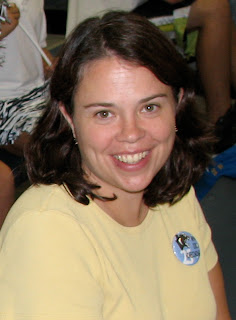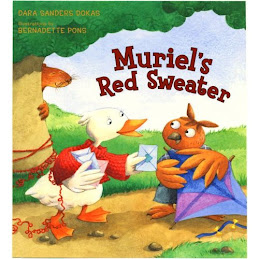
In the children's publishing world there is a definite Hierarchy of Rejection. This is very important to keep in mind as you start submitting work for consideration. Not all rejections are created equal!
1. The bottom of the Hierarchy is, of course, no rejection notification at all. It is simply being ignored, passed aside, recycled. This type of rejection is happening more and more these days. For example, the manuscript submission policy on the Charlesbridge website states:
Please do not include a self-addressed stamped envelope. Due to high volume of submissions we respond only to manuscripts of interest. All other manuscripts will be recycled.
Where in the past, no news could be possibly good news, not so anymore. No news - after a significant amount of time - means "No thank you."
To Charlesbridge's credit, they clearly state their policy online so you know what to expect. It's the publishers that just never get back to you, without telling you they won't, that really stinks.
2. Next on the Hierarchy of Rejection scale is the 1/2 slip of photocopied form rejection. I have received a fair number of these over the years. They usually have one sentence that states, "Sorry. Your manuscript does not fit our editorial needs." Or something like that. Blah!
3. A step up is a full sheet of paper, standard rejection. It's a little kinder and usually states, "Not everyone will feel the same way I feel." In other words, "Good luck finding another publisher. Not!"
4. Another step up the Hierarchy - and an important one - is if the editor actually signed the letter and added a note at the bottom. This is a good sign. If the editor wrote something like, "I enjoyed your writing, but it wasn't right for me," then for heaven's sake, if you write something in the future that may be more to her/his tastes, send it! The editor will remember you if they liked your writing the first time around.
Caveat - do not rush and resubmit the next thing on your pile. Wait. Really think about what she likes to publish. Look at their recent catalog. Look online. If in 6 months, a year, you have something new that might fit the bill, send it. Don't worry that it's somehow "too late." I think editors will appreciate that you really thought about what you would re-submit vs. rushing to submit anything.
5. Next up the Hierarchy of Rejection is the fabulous personal rejection letter! You might be thinking what in the world is fabulous about any rejection letter? But, if the editor actually took the time to write a personal letter, then you, my friend, need to keep this editor at the top of your list. They not only liked your writing, they obviously felt you had potential to write something they might like in the future. Even if the letter does not directly ask you to submit new work, do so. But make sure you put your best foot forward. This editor is hopeful that you could be the one! So don't mess it up and send something half done. You might not get the personal rejection letter next time.
6. At the tippy-top of the Hierarchy is the rejection letter that isn't really a rejection letter, but a letter requesting that you re-write your story and resubmit it. This doesn't happen every day, so if you get this kind of letter - pounce. Once again, don't resubmit the very next day. The editor might not think you took the editing very seriously if you whipped it off overnight. Take the time to re-write. Re-read the letter to see what the editor is suggesting. How was it close, but not close enough?
When I submitted my manuscript, REMEMBERING MAMA, to Augsburg Press, I received a top of the hierarchy rejection letter that was two pages long! At first I was bummed out. (I hadn't been submitting long enough to realize how good this rejection was.) Then, after a few days, I re-read the letter and realized the editor basically wanted me to add some minimal things to the story. I re-wrote REMEMBERING MAMA, re-submitted it, and it became my first published book. If I had ignored her rejection letter and simply moved on to another editor, I would not have that book published today.
So, if you get a 1/2 slip for rejection in the mail, forget about it and definitely MOVE ON. But, if you get a "good" rejection where the editor took the time to write a note, or better yet a whole letter, then keep that person's name handy. Don't feel bad. (Well, OK, feel bad for one day.) But then, feel happy that you got such a good rejection. In the Hierarchy of Rejections, any personal note is excellent! It could possibly lead to a future publishing relationship.


















